Legal Letter Demand Template for Clear Communication
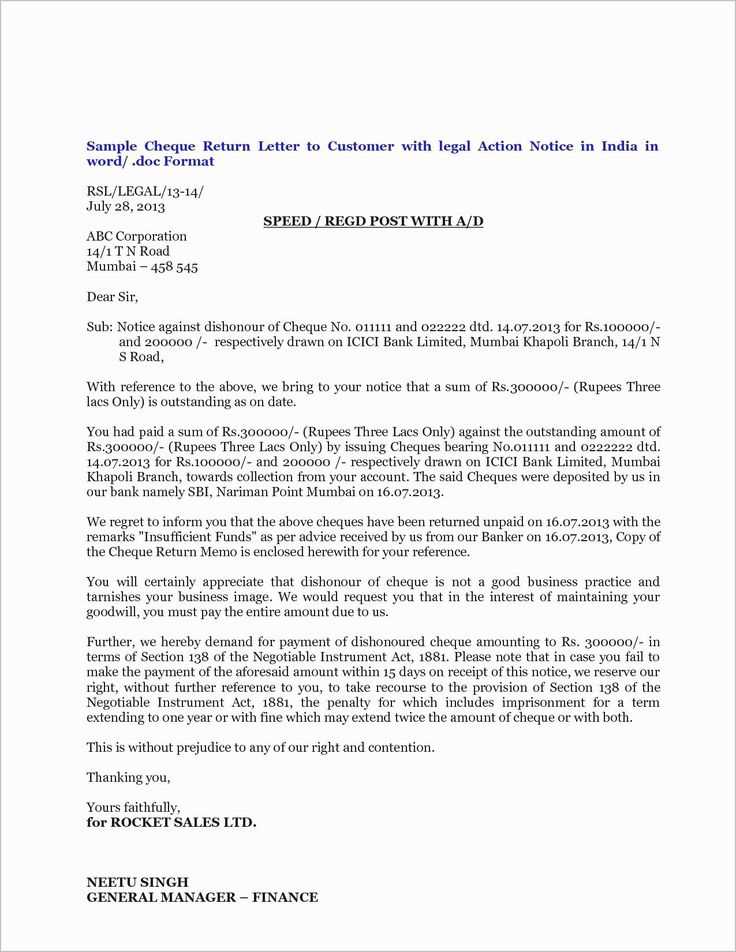
When parties need to resolve disputes or request specific actions from another entity, a formal approach is often necessary. This document serves as a formal notification, detailing the expectations and the need for the recipient to take particular steps. It can be used in various situations such as unpaid debts, breach of contract, or failure to meet agreed-upon terms. Proper structure and clarity are crucial for effectiveness in prompting the desired response.
Components of a Formal Request
A well-structured document for action typically includes several key elements to ensure clarity and legal integrity. These include:
- Identification of the involved parties: Clearly state the names and roles of both the sender and recipient.
- Description of the issue: Outline the reason for the communication, including relevant dates and details of the dispute or issue.
- Specific request or action: Clearly specify what action is expected from the recipient, with a deadline if necessary.
- Consequences of inaction: Indicate the possible next steps if the requested action is not taken within the given timeframe.
Structure of the Document
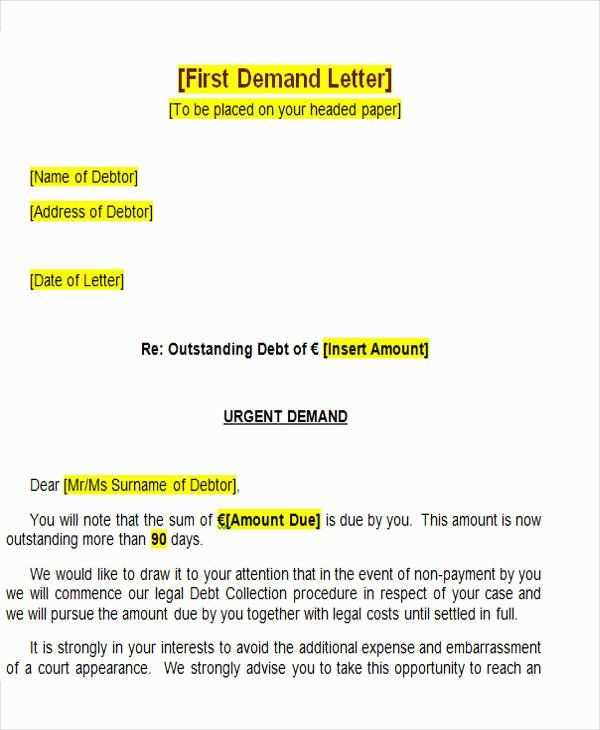
The format and language of the document should remain professional and precise. The structure generally includes the following sections:
- Opening statement: An introduction to the situation and the parties involved.
- Detailed description: A more thorough explanation of the situation, outlining the terms or agreements that have been violated or the actions that need to be taken.
- Request for resolution: A clear and concise statement of what is expected, including any deadlines.
- Closing remarks: A polite but firm statement, reiterating the importance of the matter and the consequences of non-compliance.
Tips for Writing an Effective Request
To ensure your document has the desired impact, consider the following advice:
- Keep it clear and concise: Avoid unnecessary details or overly complex language.
- Be professional: Maintain a respectful tone, even if the situation is tense.
- State your expectations: Be specific about what you want and when you want it done.
- Provide evidence: If applicable, include supporting documents or references to strengthen your case.
Following these guidelines will help ensure that your communication is clear, professional, and likely to result in the desired outcome.
What is a Formal Request for Action
Key Elements to Include in a Request
How to Draft a Formal Communication
Common Mistakes to Avoid in Requests
When to Send a Request for Action
Consequences of Ignoring a Formal Communication
This section explains the essential aspects of creating a formal communication for taking action. It covers the purpose, structure, and timing of such a document to ensure clarity and effectiveness in resolving issues. Crafting a professional and precise message is crucial to achieving the desired outcome.
Key Elements to Include in a Request
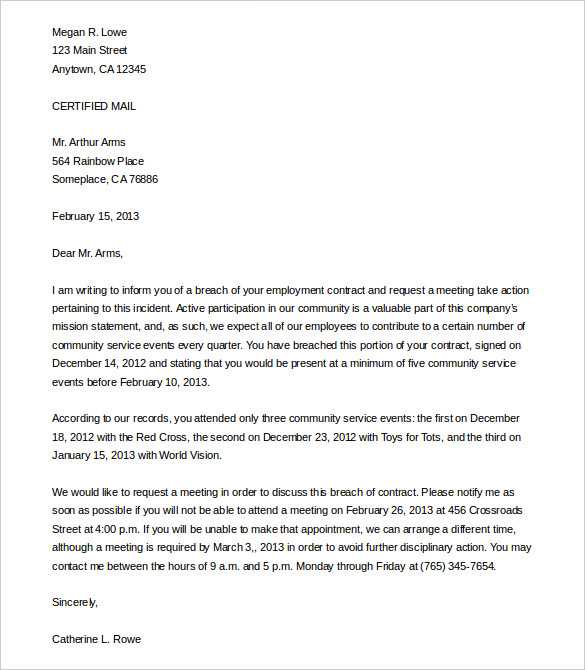
When preparing a formal document, ensure that it includes the following essential components:
- Identification of parties involved: Clearly state who is making the request and who is expected to respond.
- Overview of the issue: Describe the problem, outlining any relevant facts, dates, and agreements.
- Specific request: Articulate what action is needed, with a clear deadline for completion.
- Possible consequences: Explain what steps will be taken if the recipient does not comply within the specified time frame.
How to Draft a Formal Communication
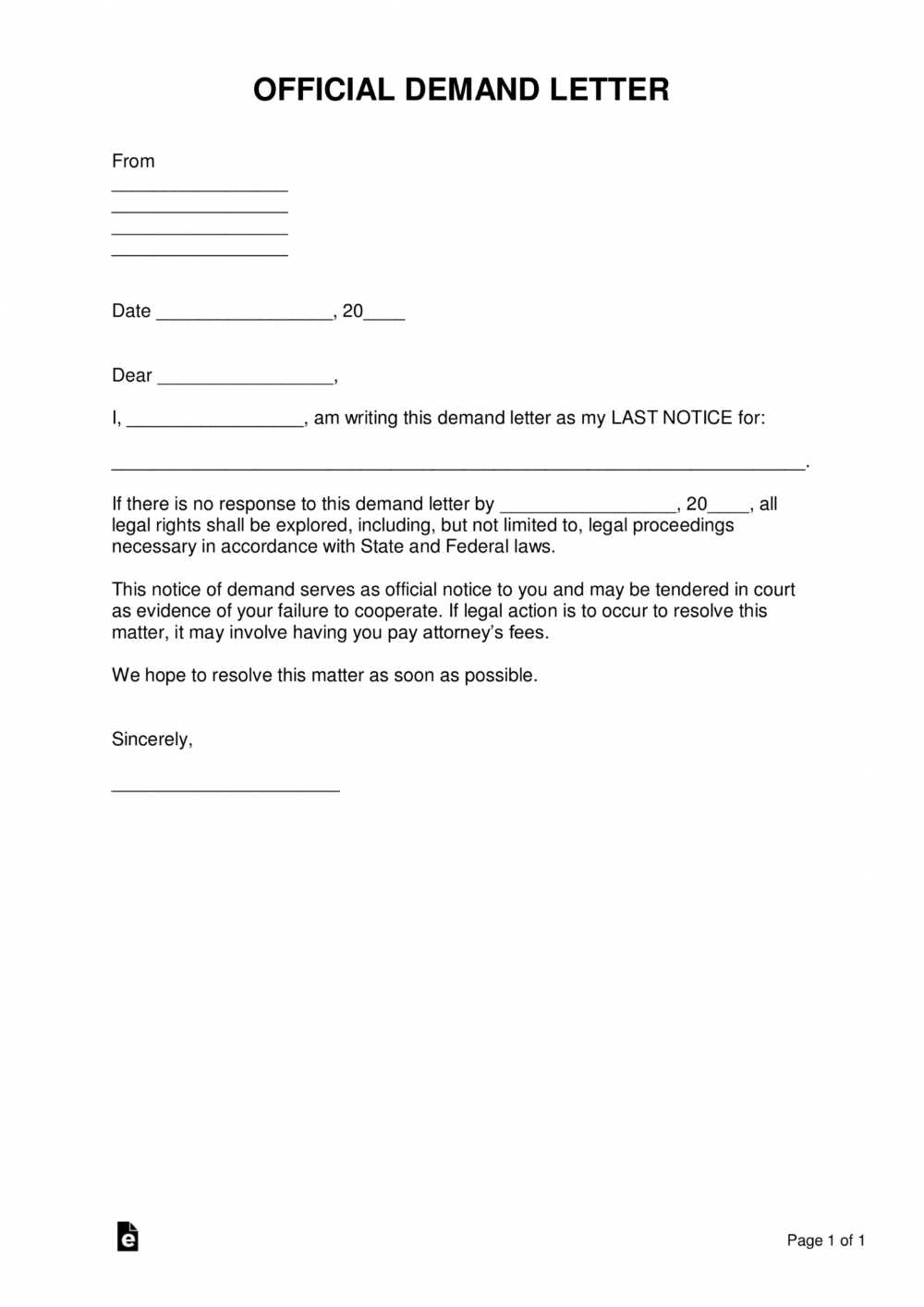
When drafting a formal request, structure it with the following considerations:
- Introduction: Begin by stating the purpose of the communication and your role.
- Details: Provide specific facts and evidence that support your request.
- Resolution: Be clear about what you want and when you expect action.
- Closing: End politely, reiterating the importance of timely resolution.
Ensure the tone remains respectful and professional throughout, as this can influence the recipient’s response.
Common Mistakes to Avoid
Avoid these frequent errors to ensure the effectiveness of your formal communication:
- Vague requests: Be clear and direct about what action is expected.
- Overly aggressive tone: While firm, maintain professionalism and respect.
- Lack of evidence: Include any supporting documents or references that strengthen your case.
- Unrealistic deadlines: Set a reasonable timeframe for the recipient to take action.
When to Send a Request for Action
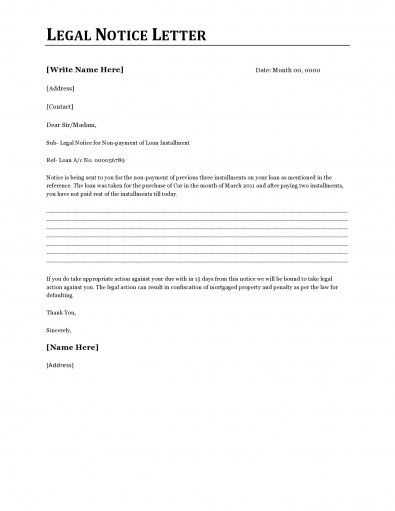
The appropriate time to send such a communication is when informal methods of resolution have been exhausted. It is often used as a last resort to encourage compliance before more serious actions are taken.
Consequences of Ignoring a Formal Communication
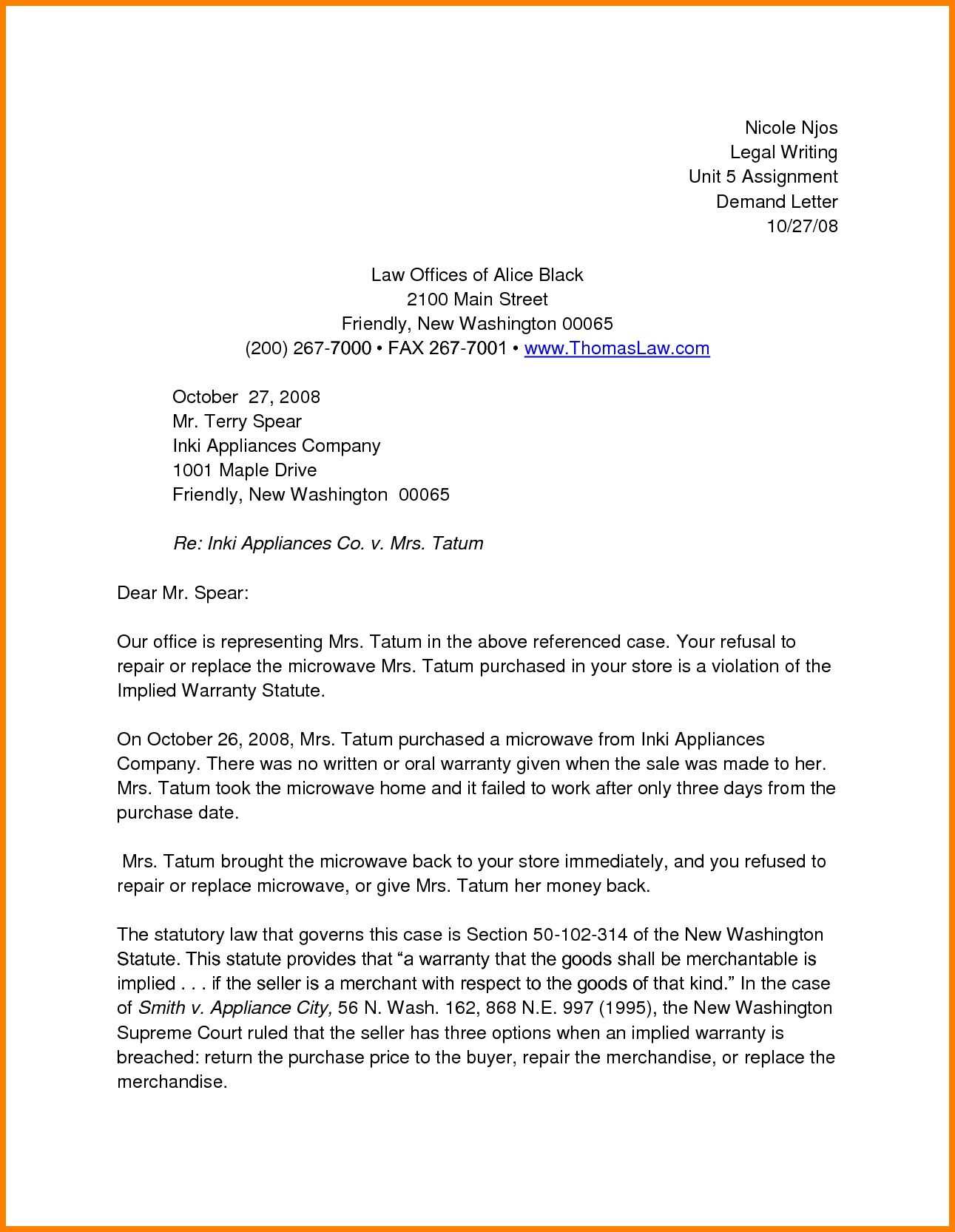
Failure to respond to a formal request can result in further legal action or other measures. This could involve escalating the issue to authorities or pursuing compensation through other means. Non-compliance can also damage the recipient’s reputation and lead to additional costs or penalties.